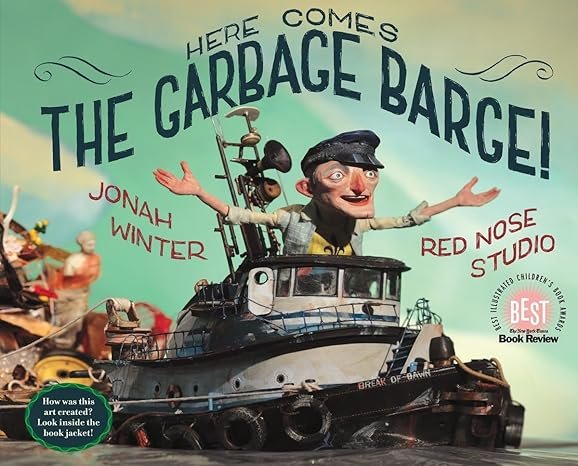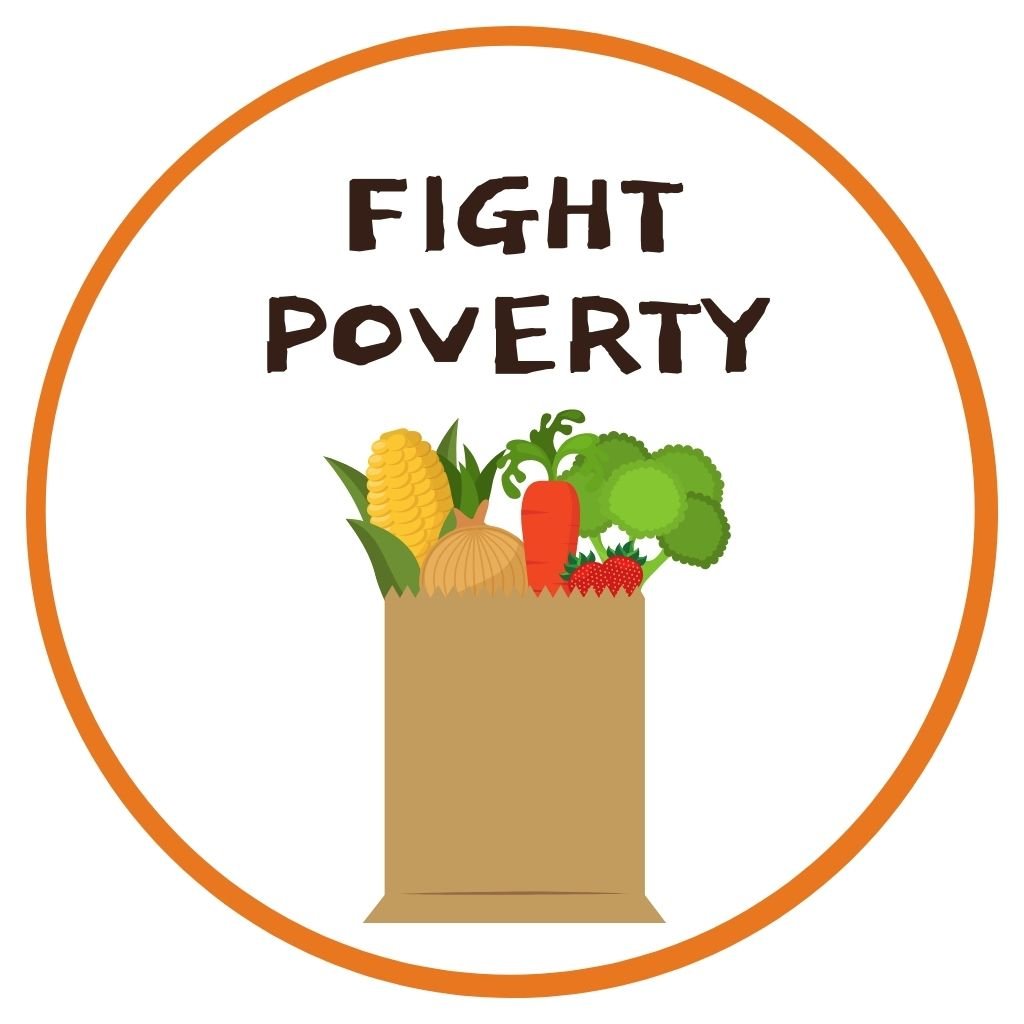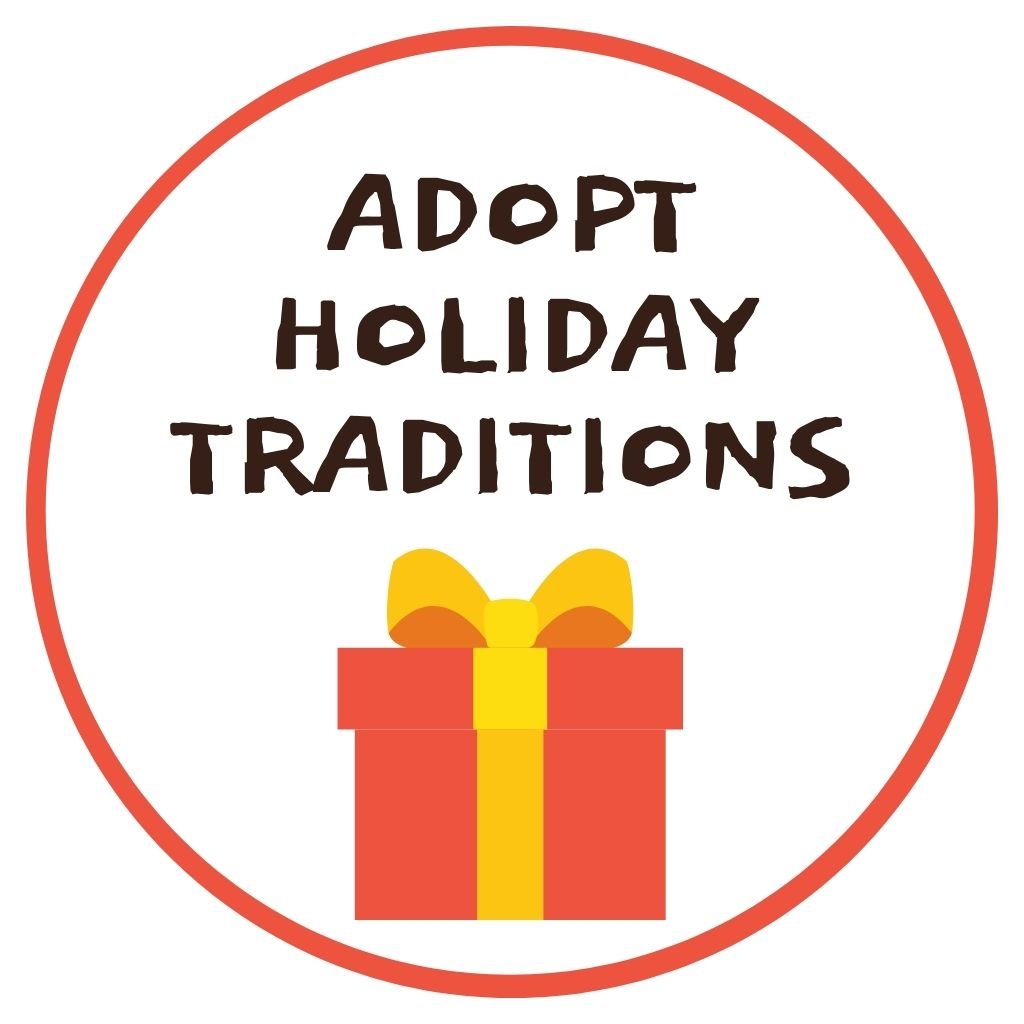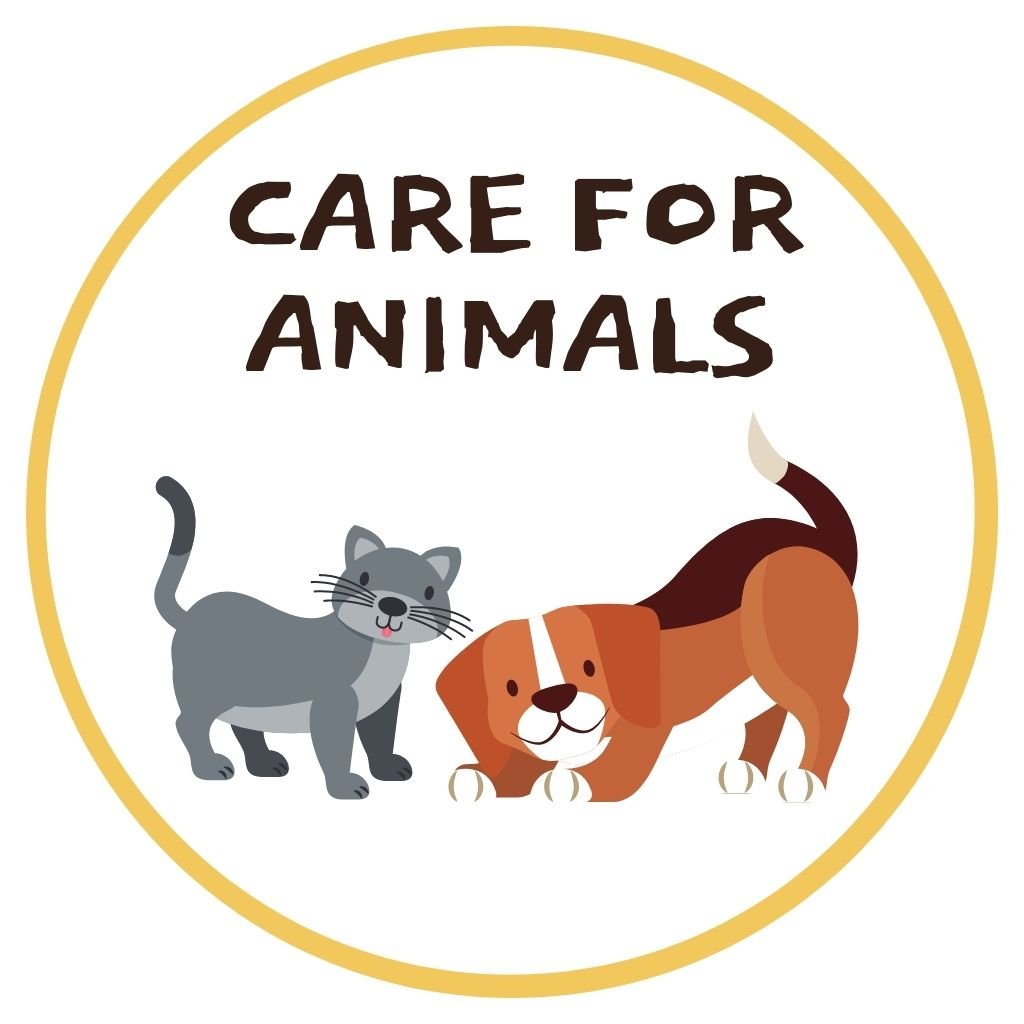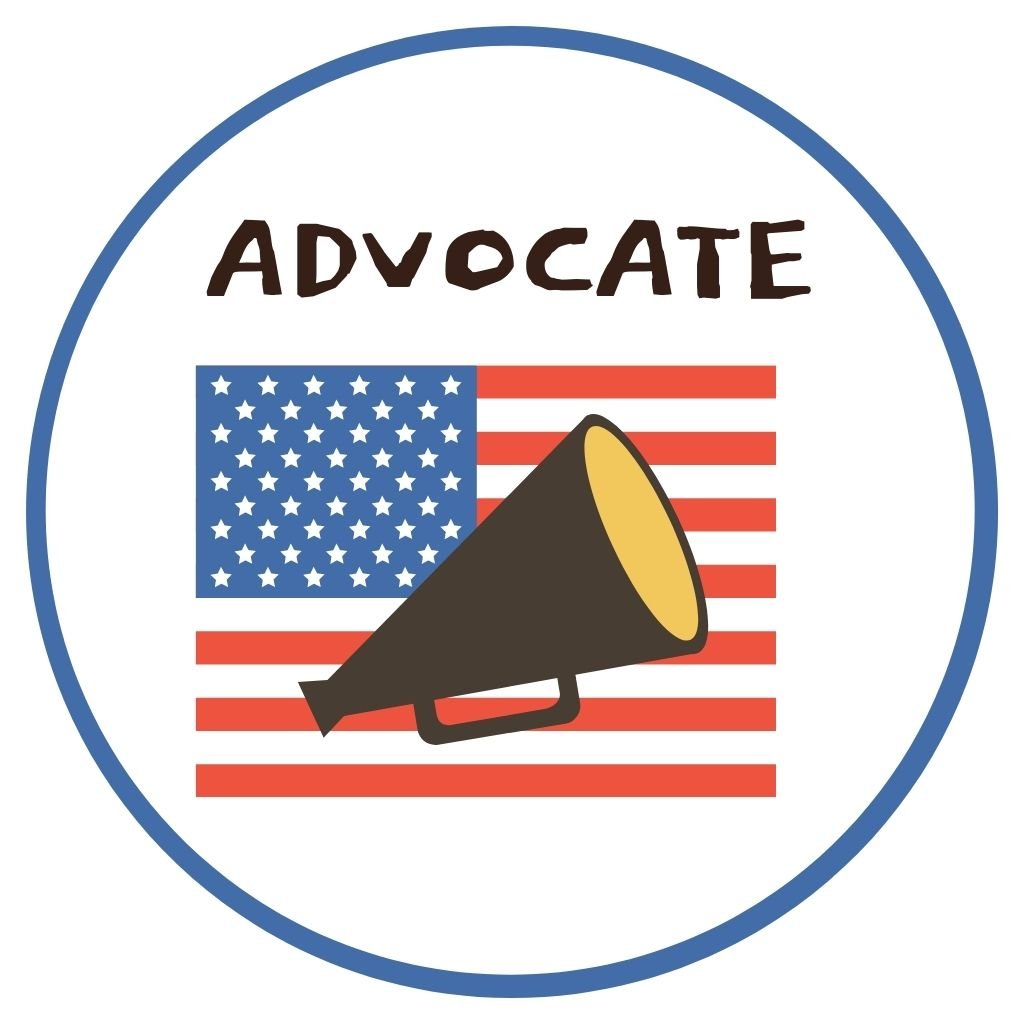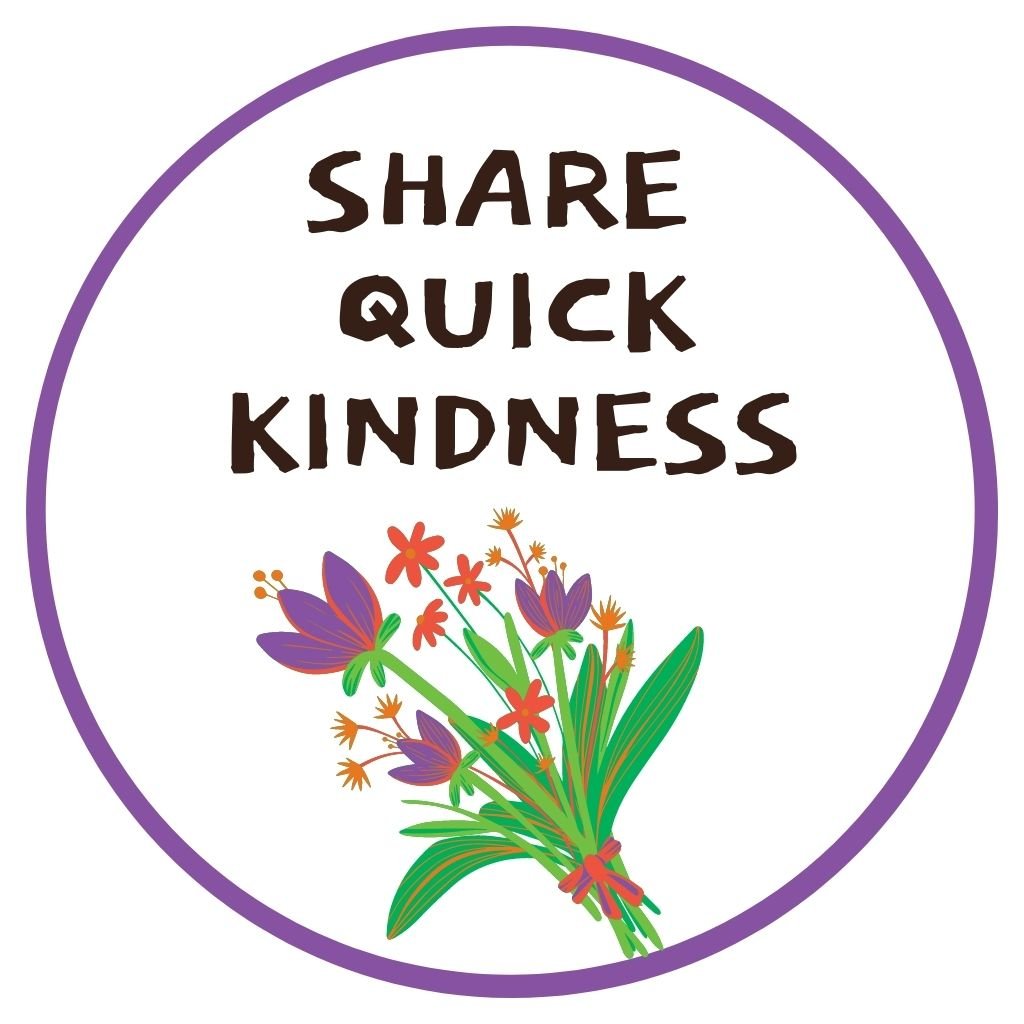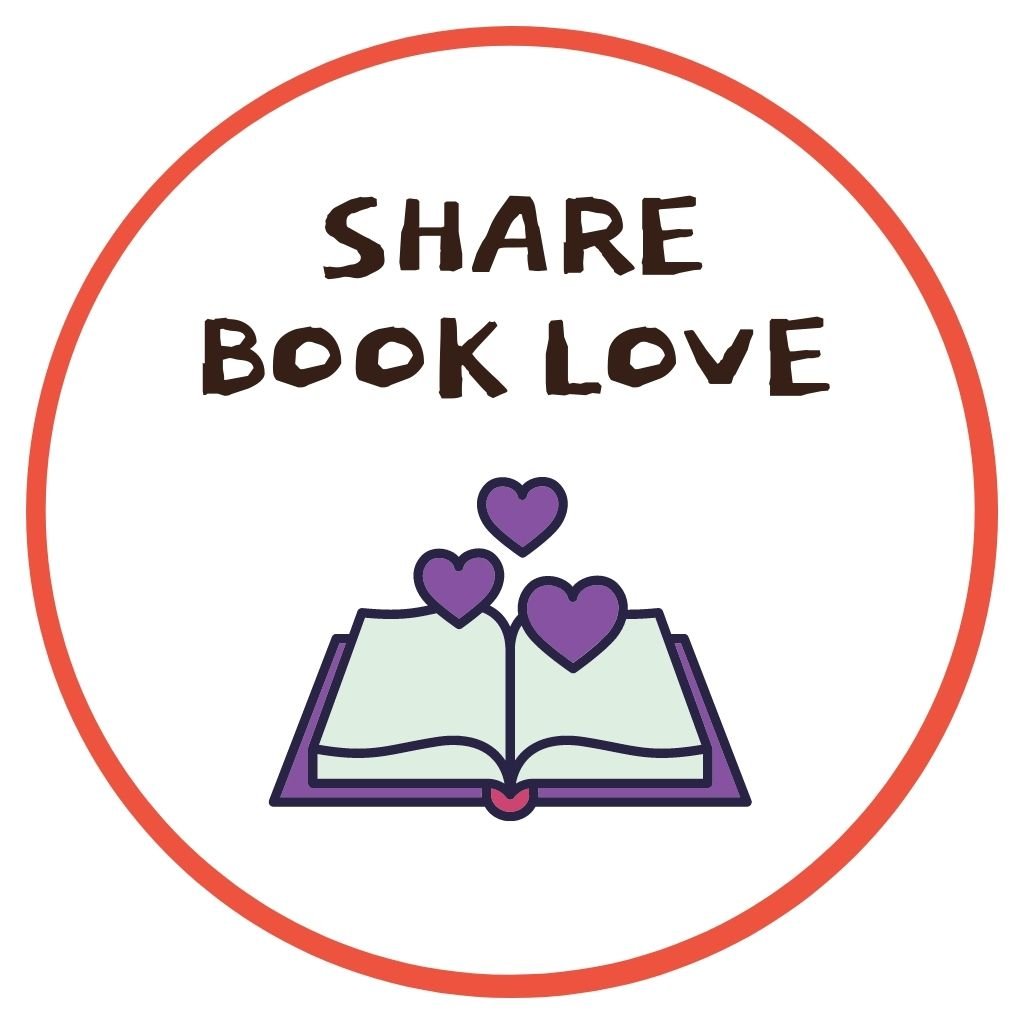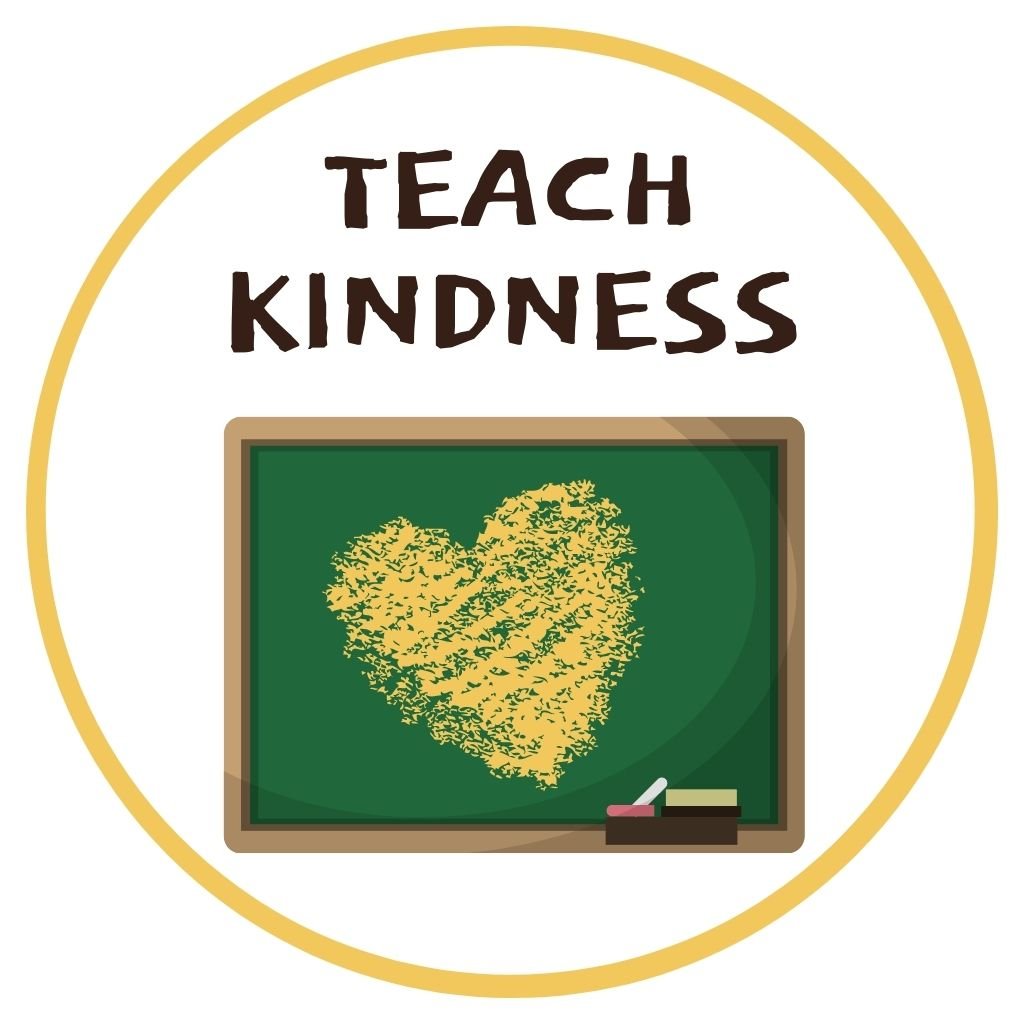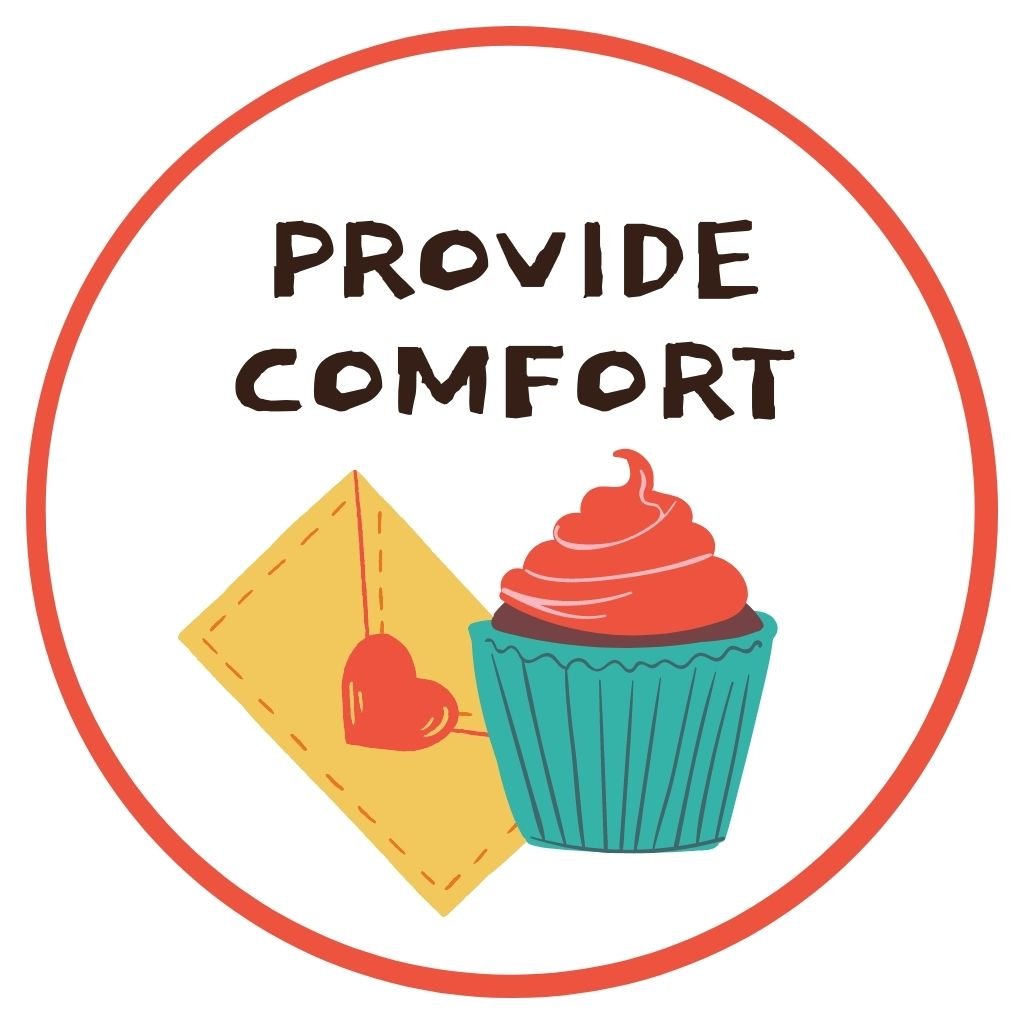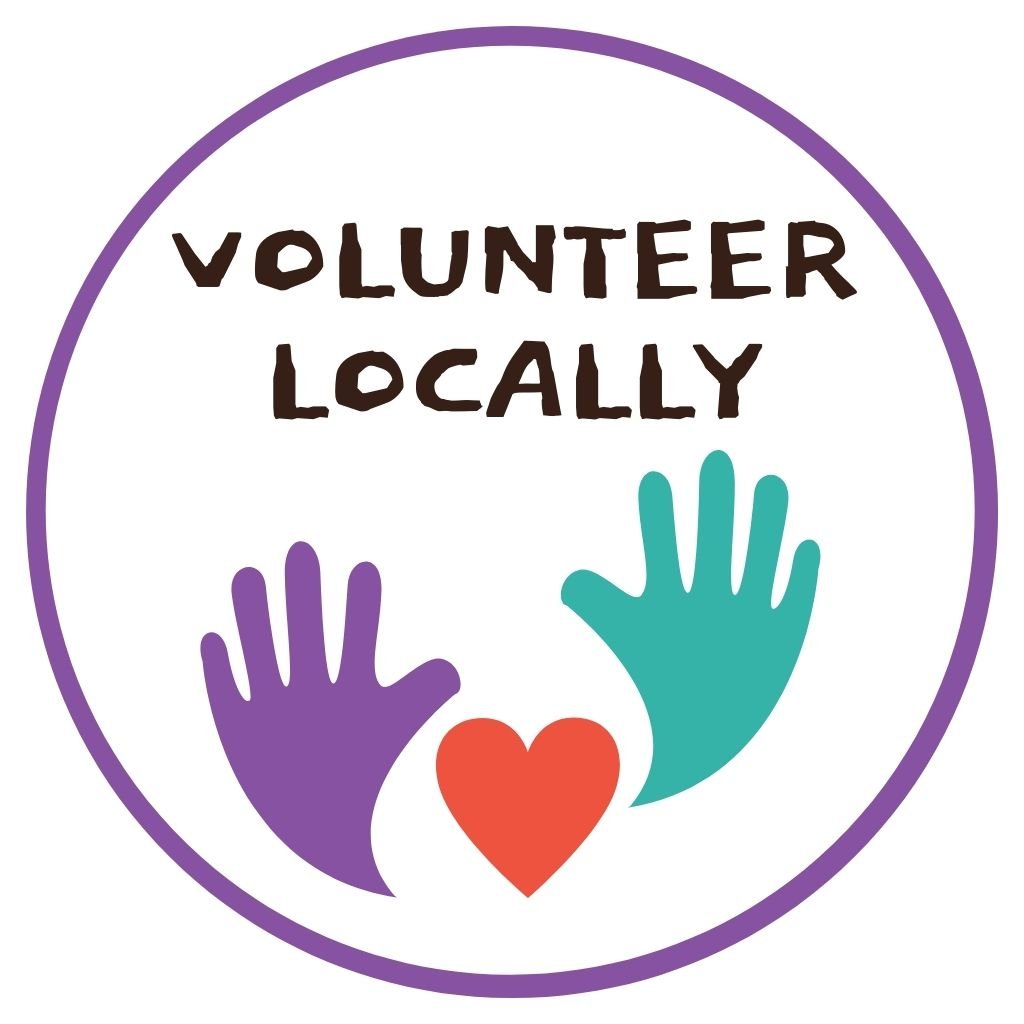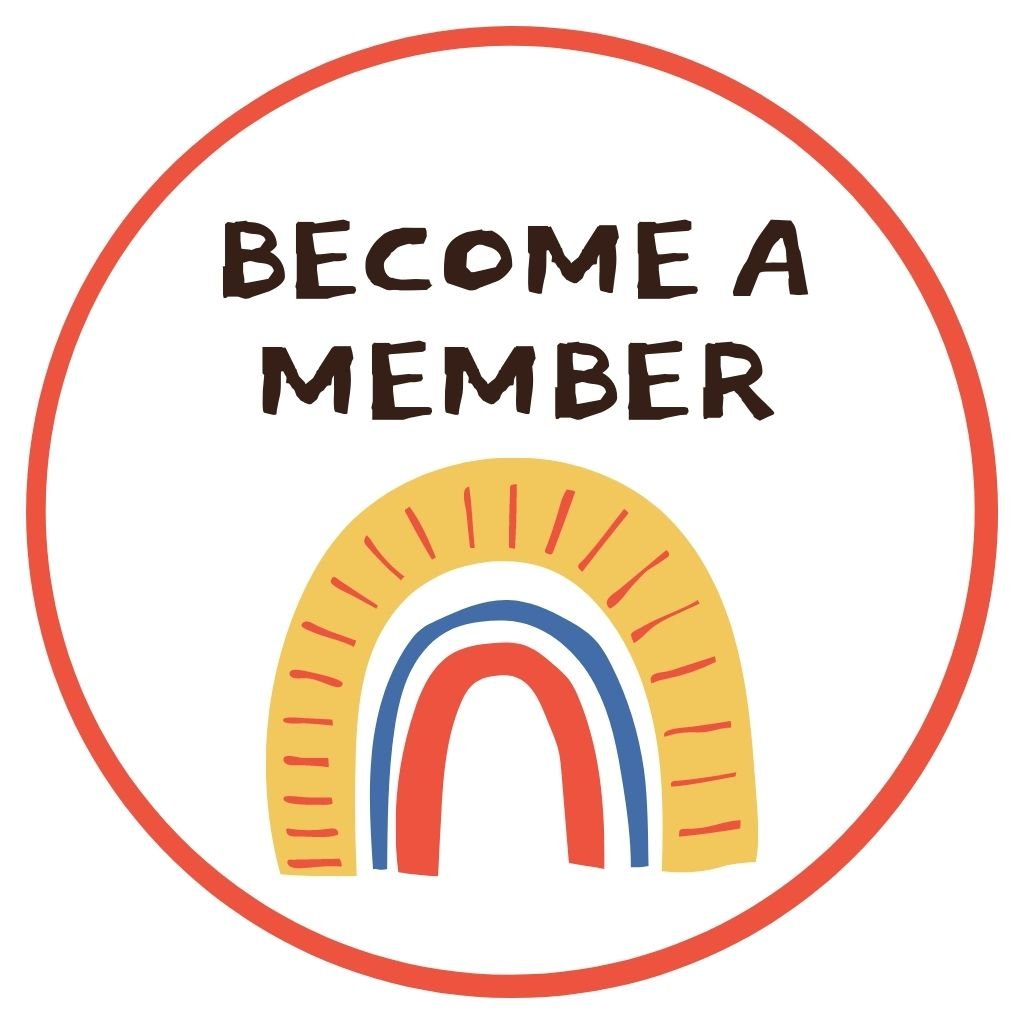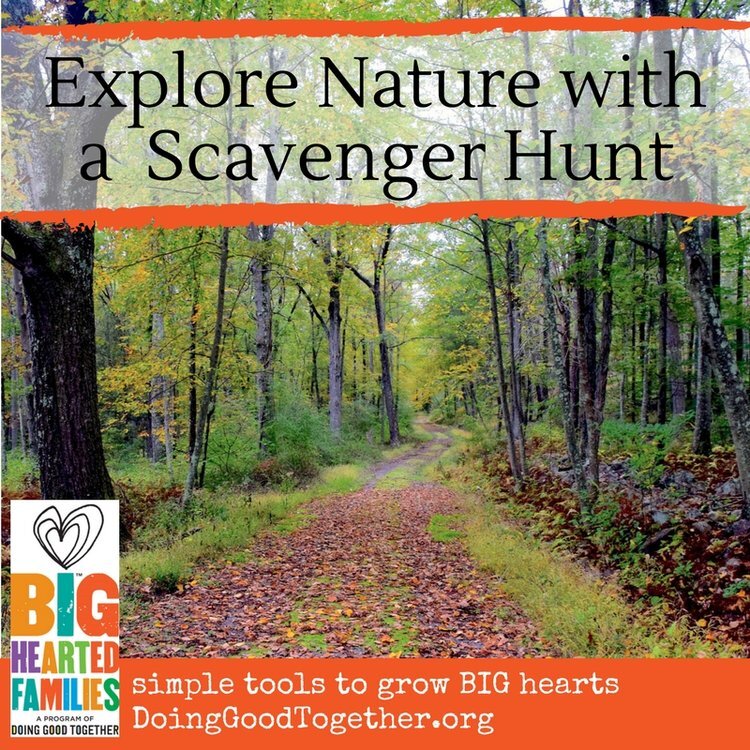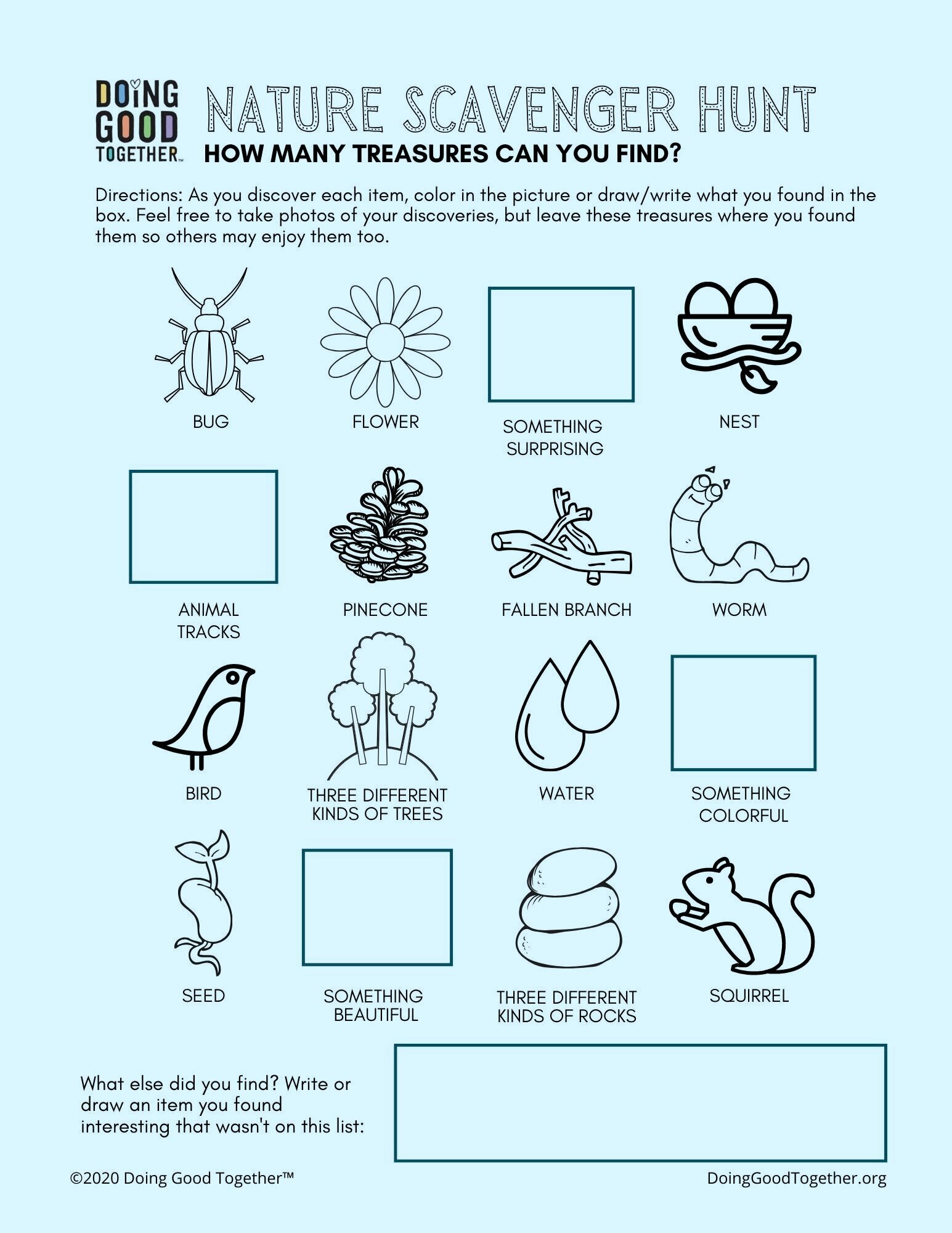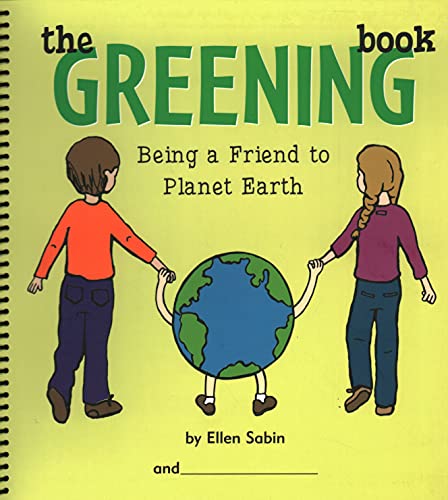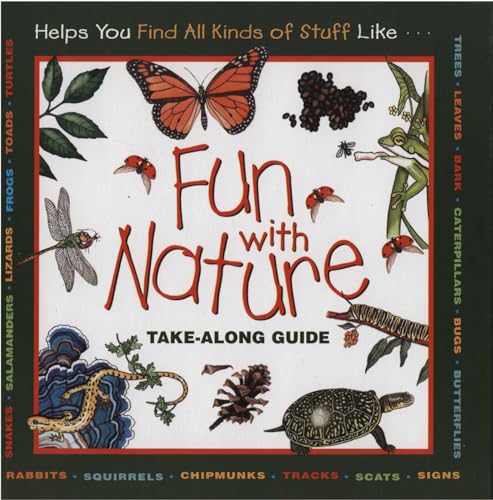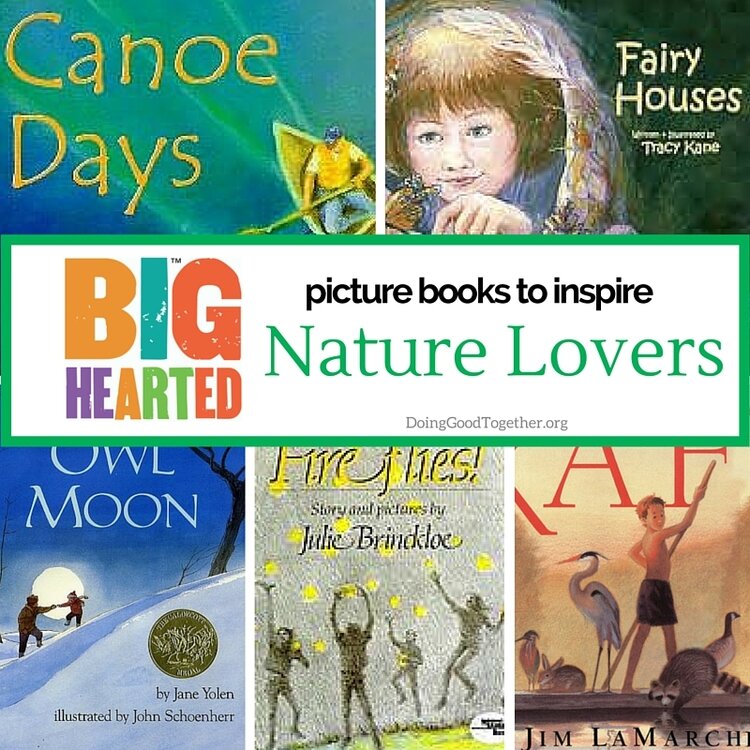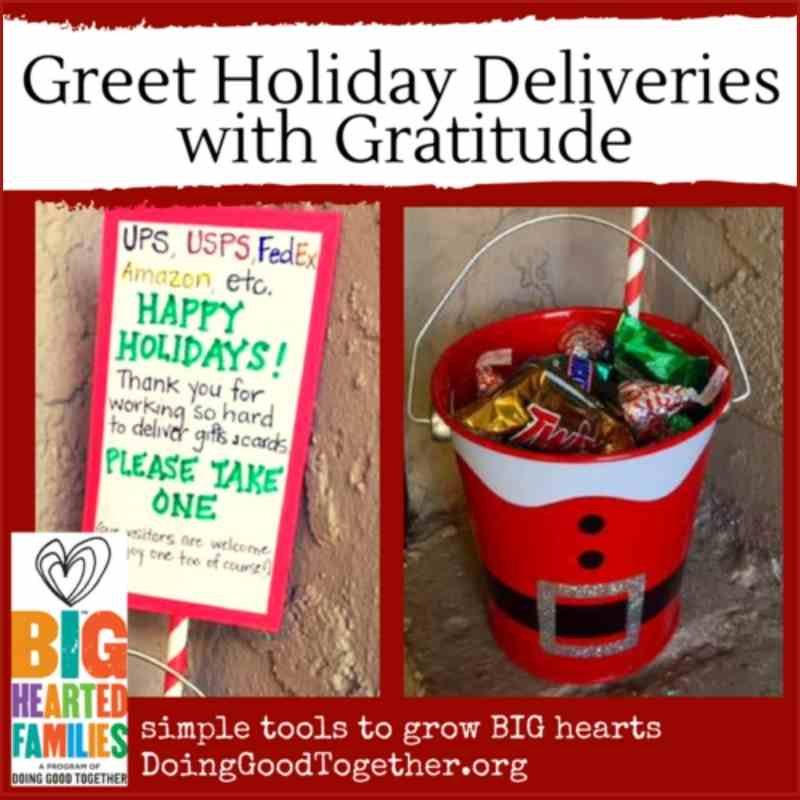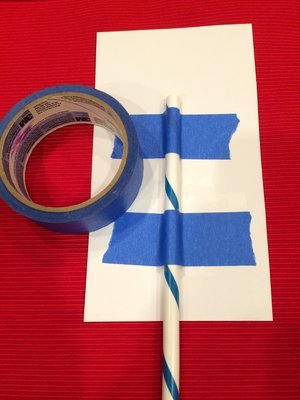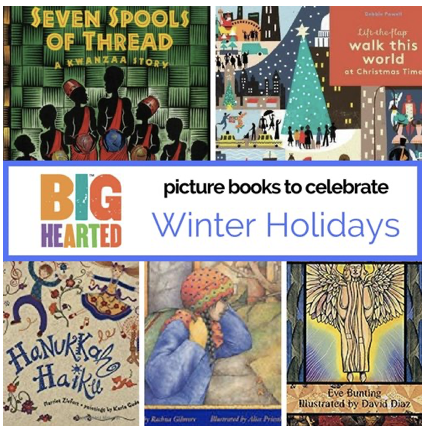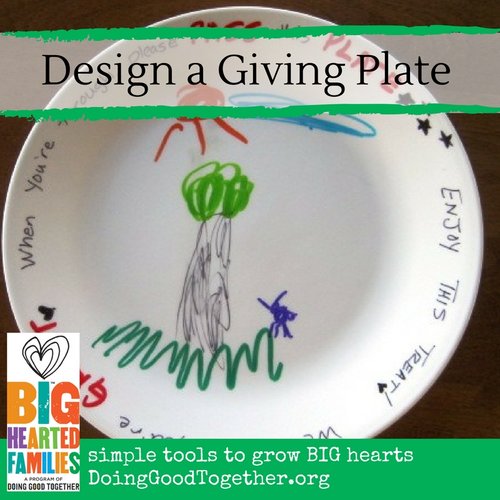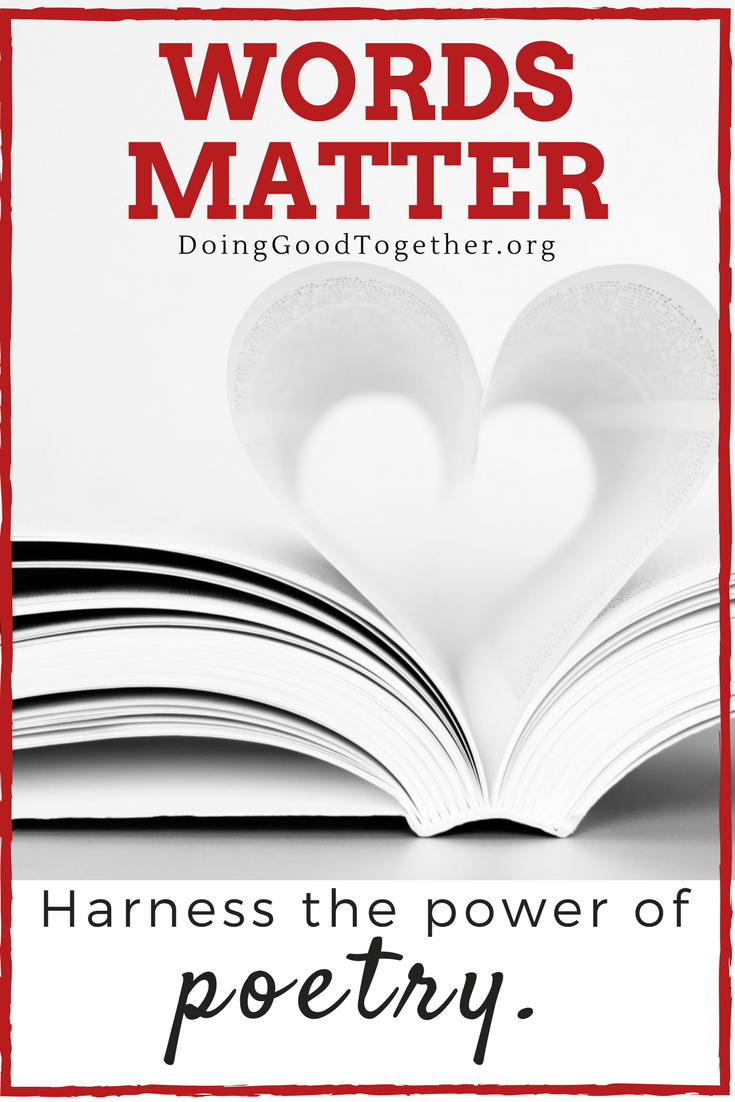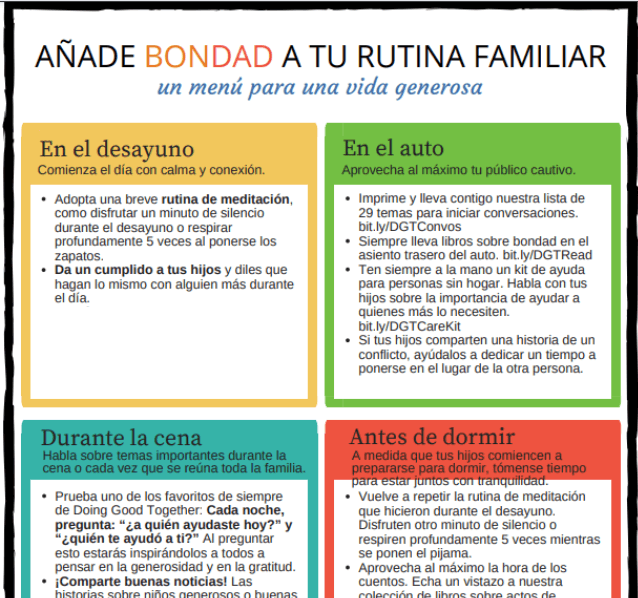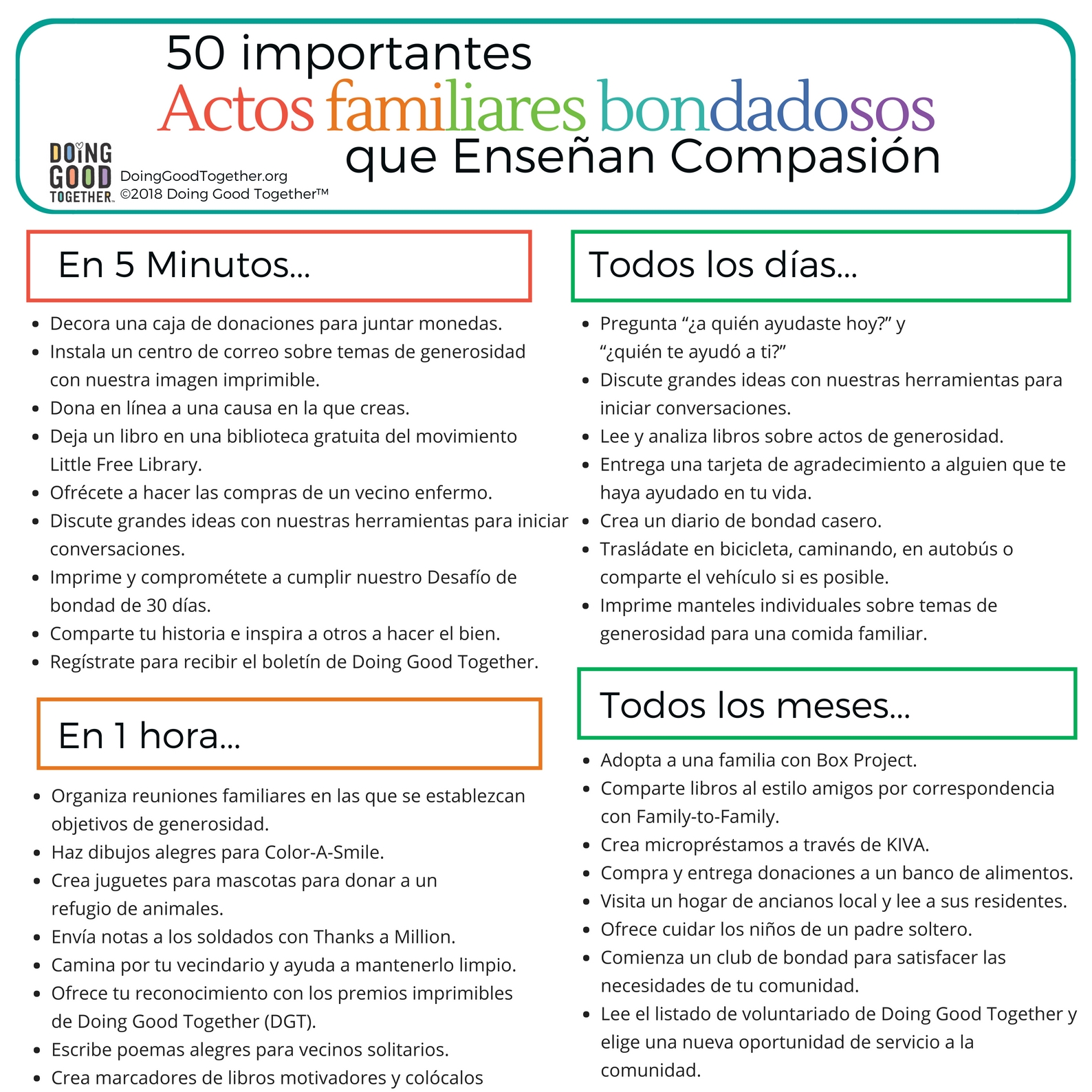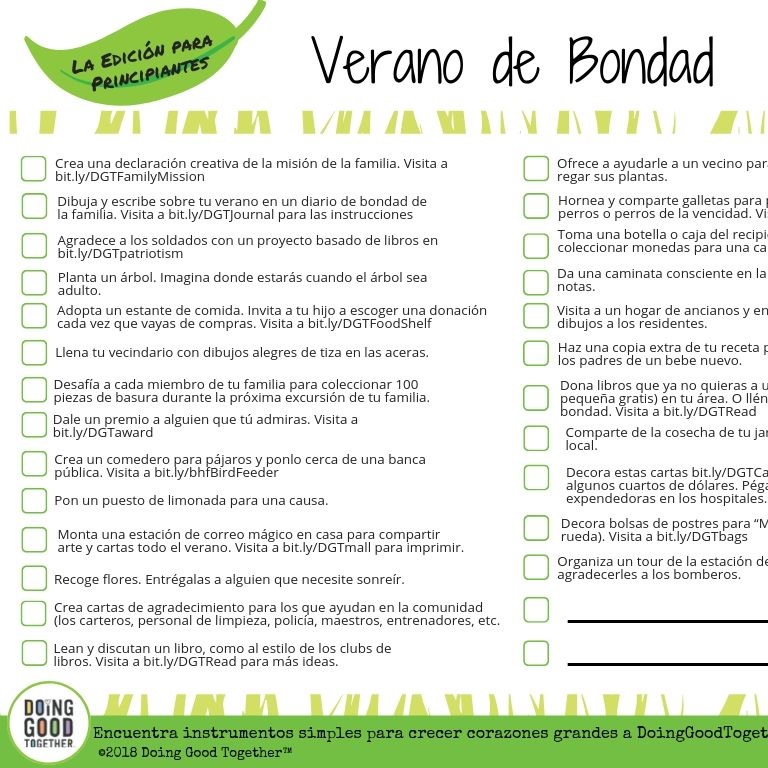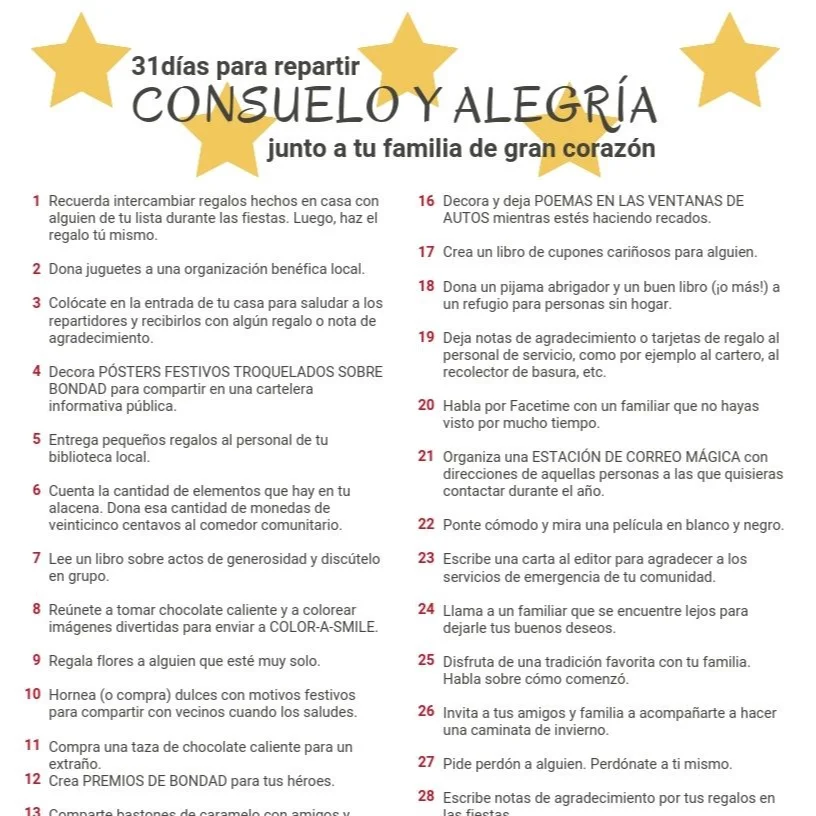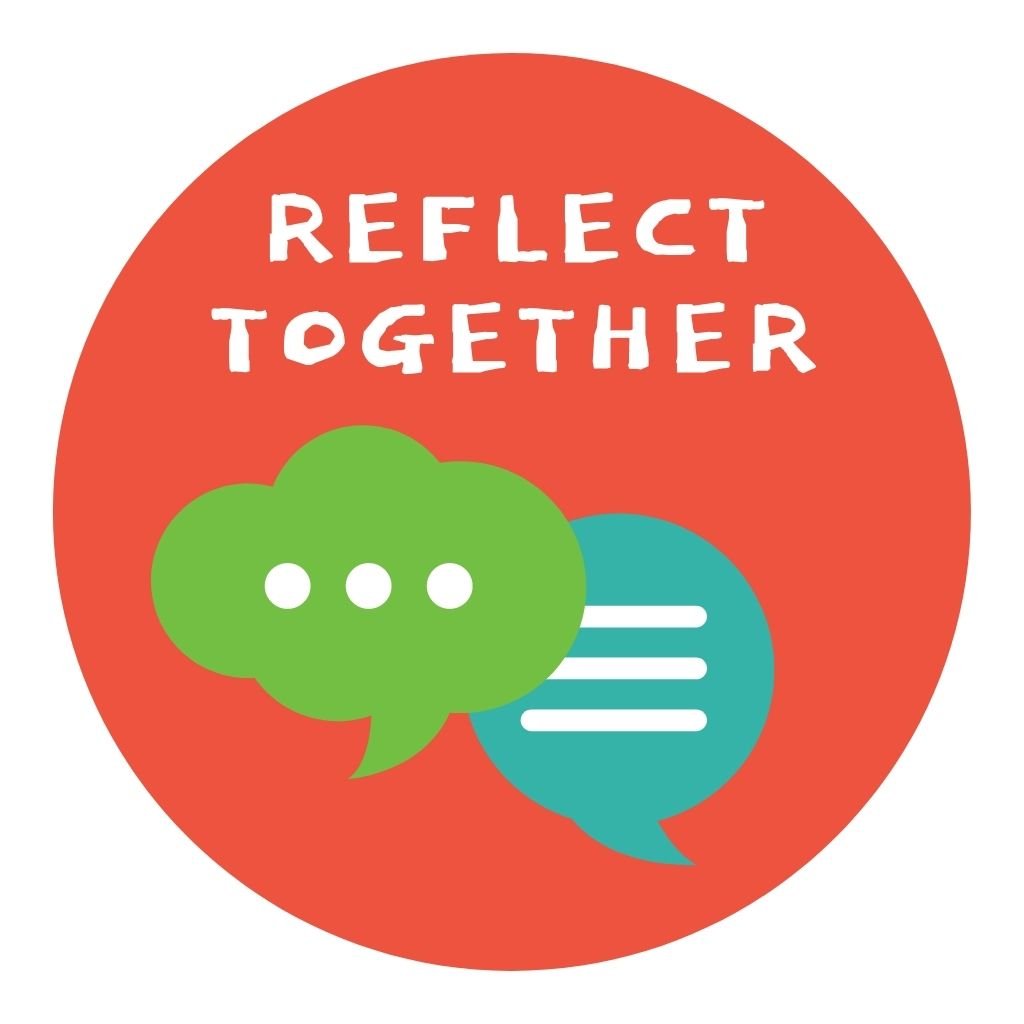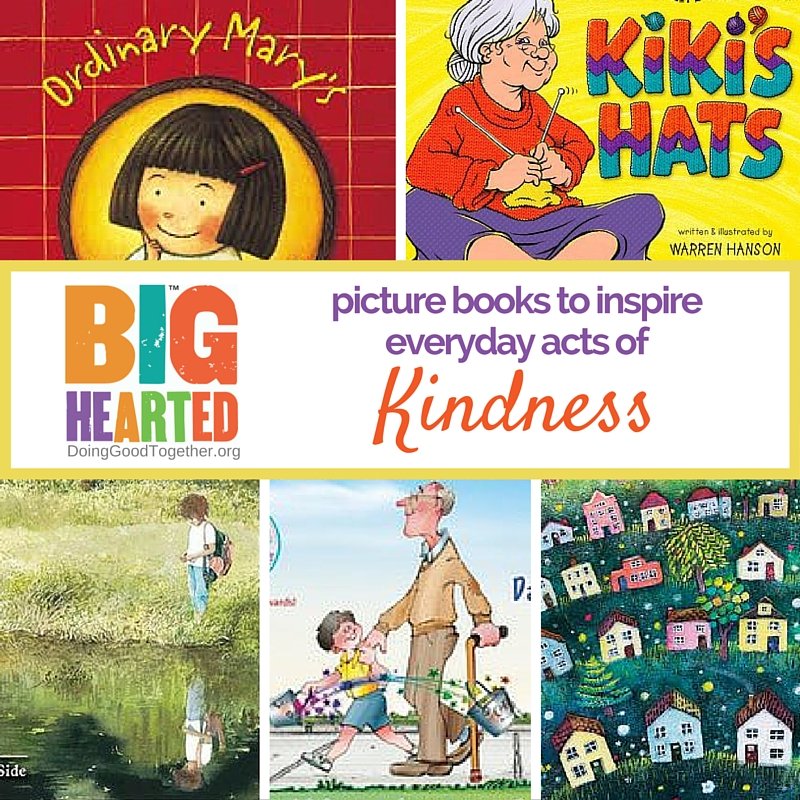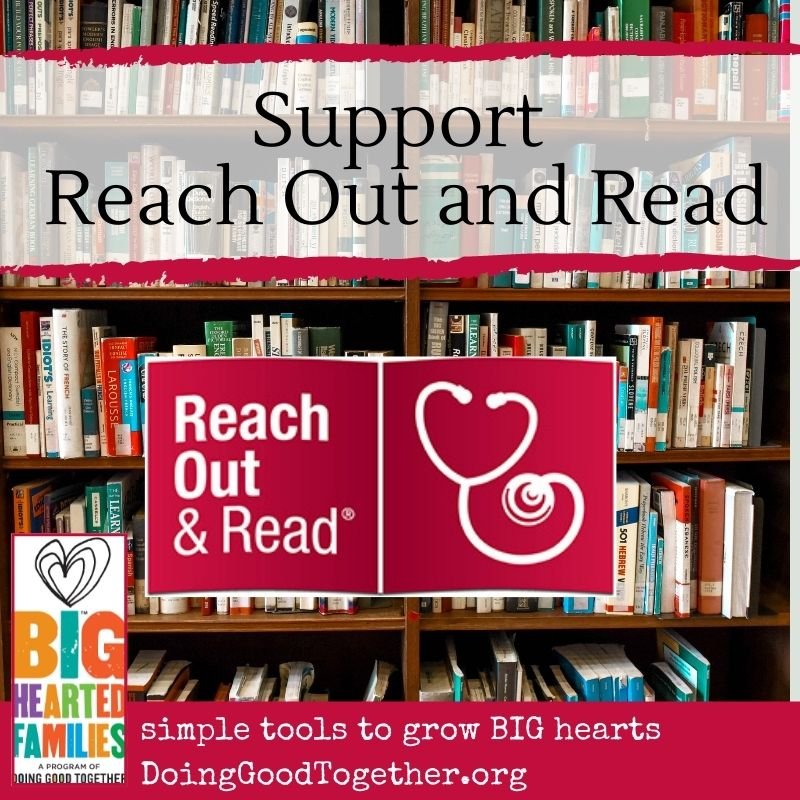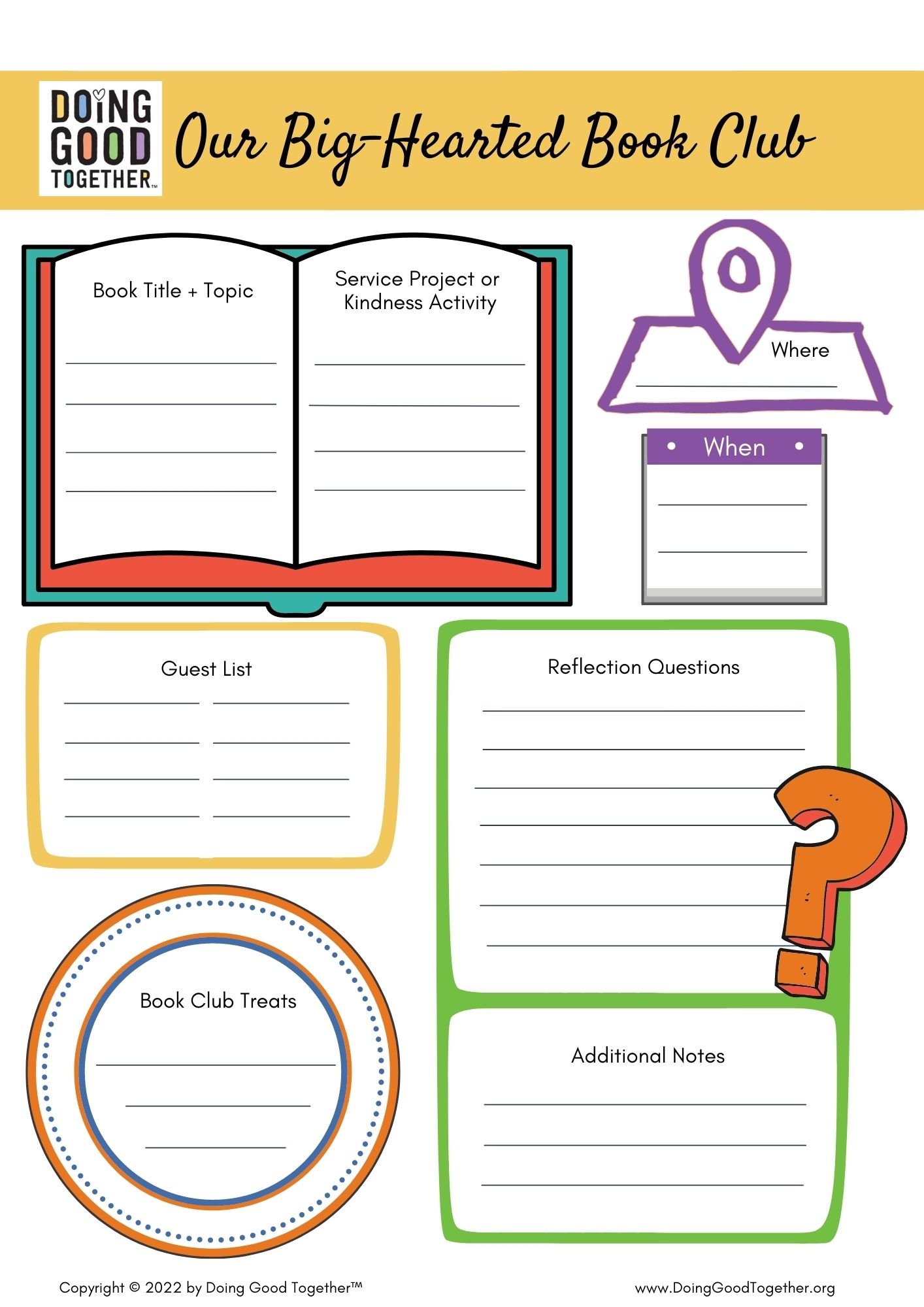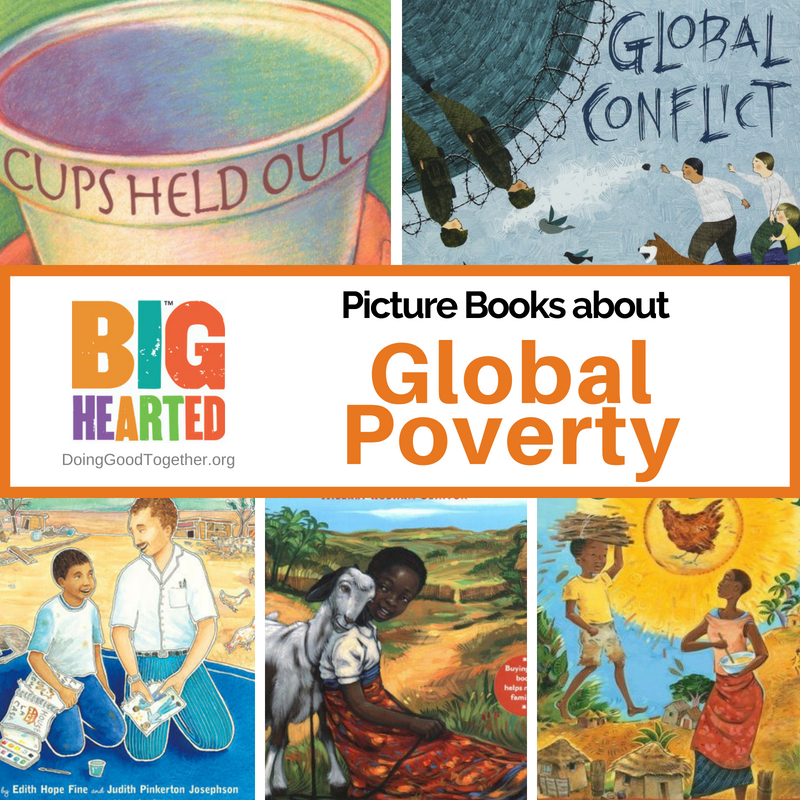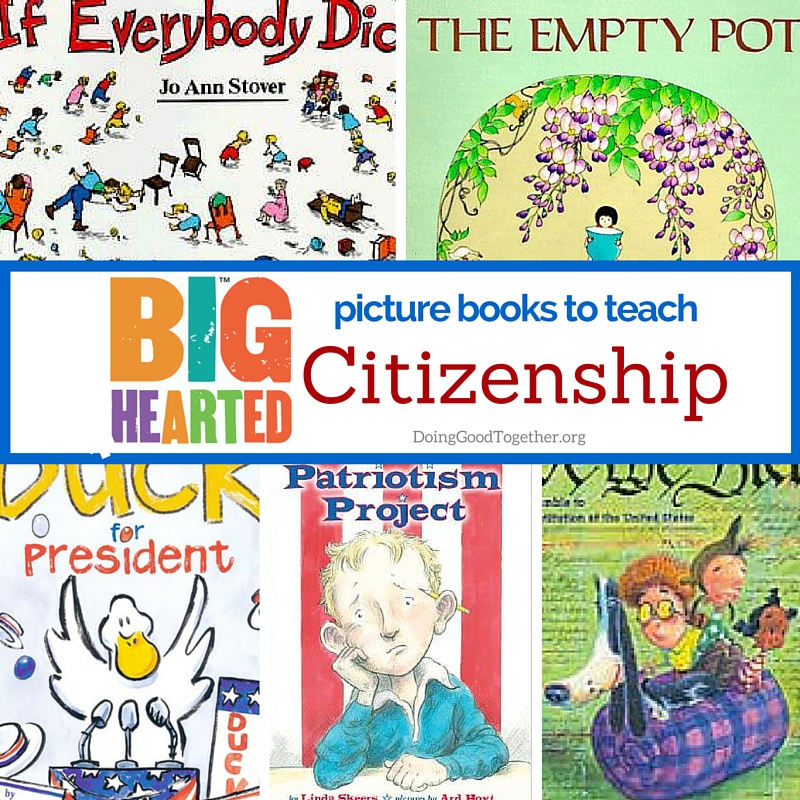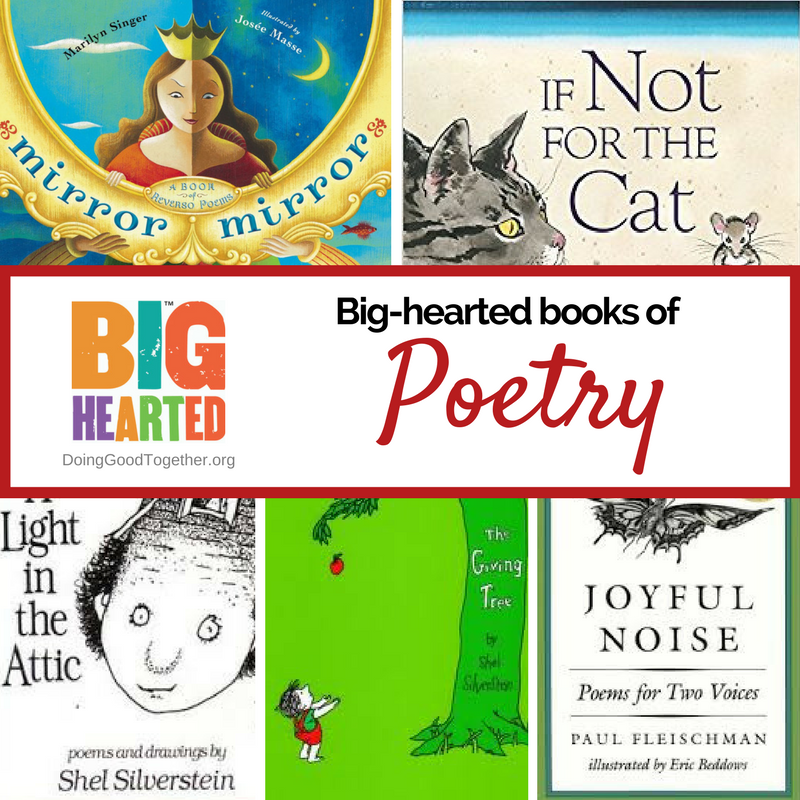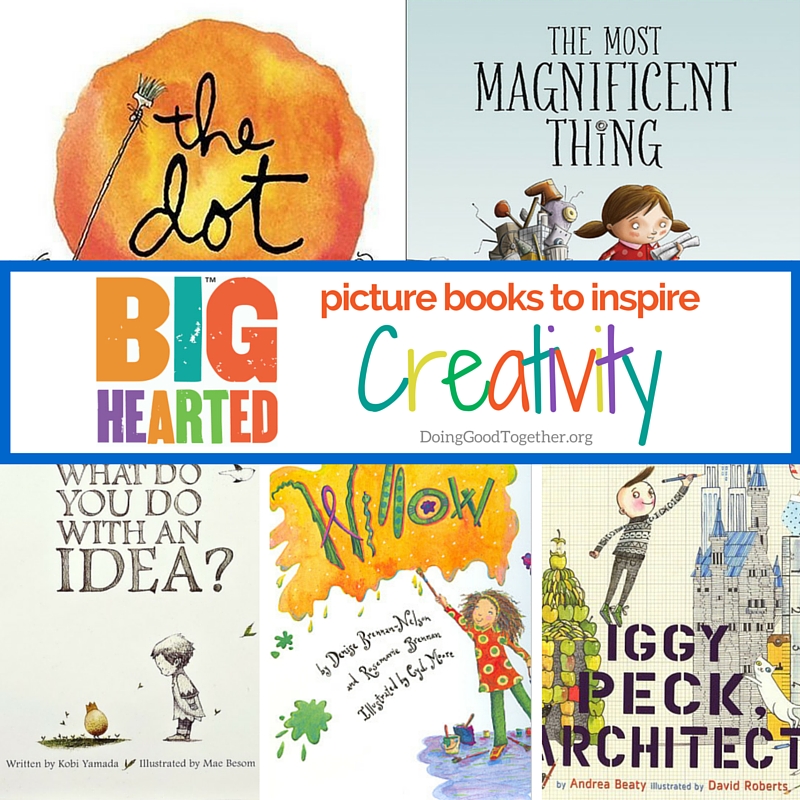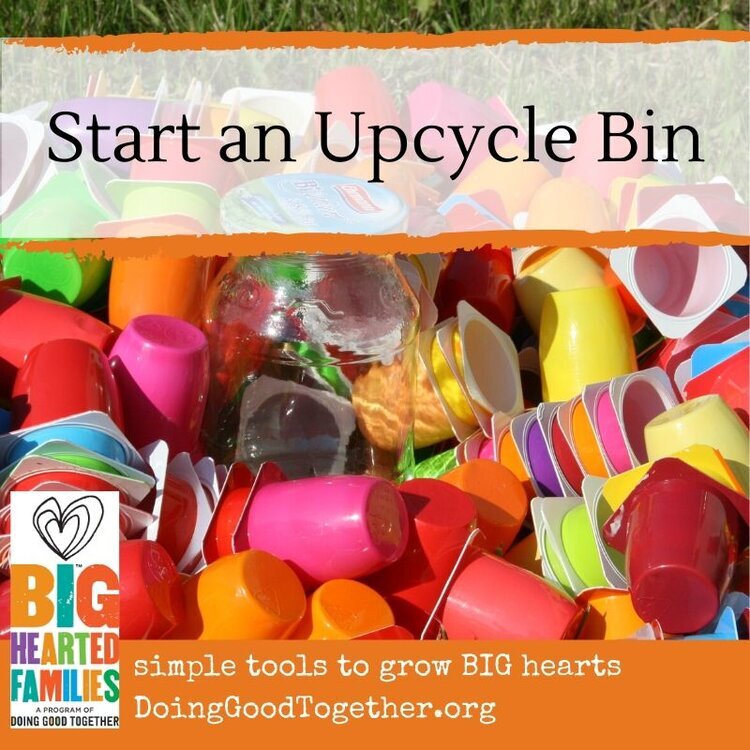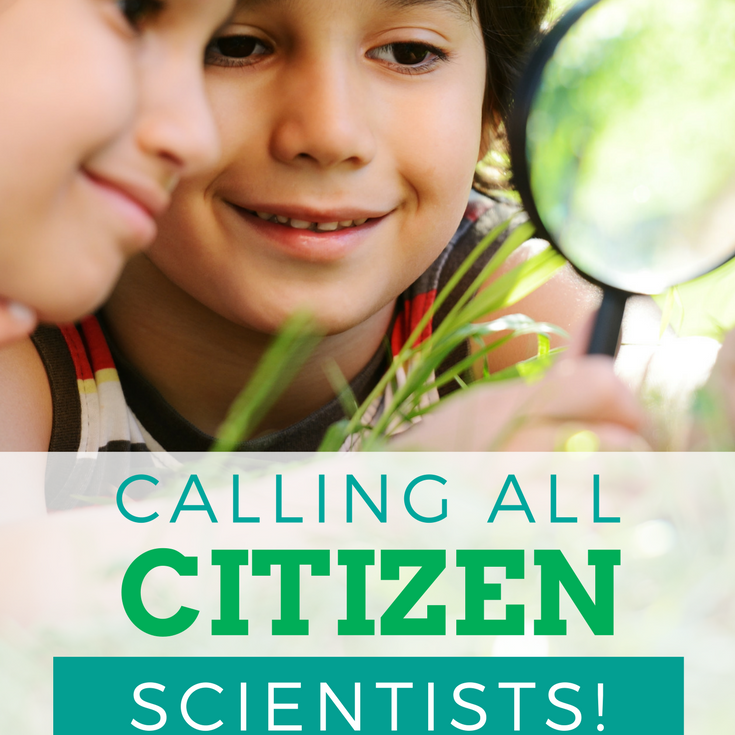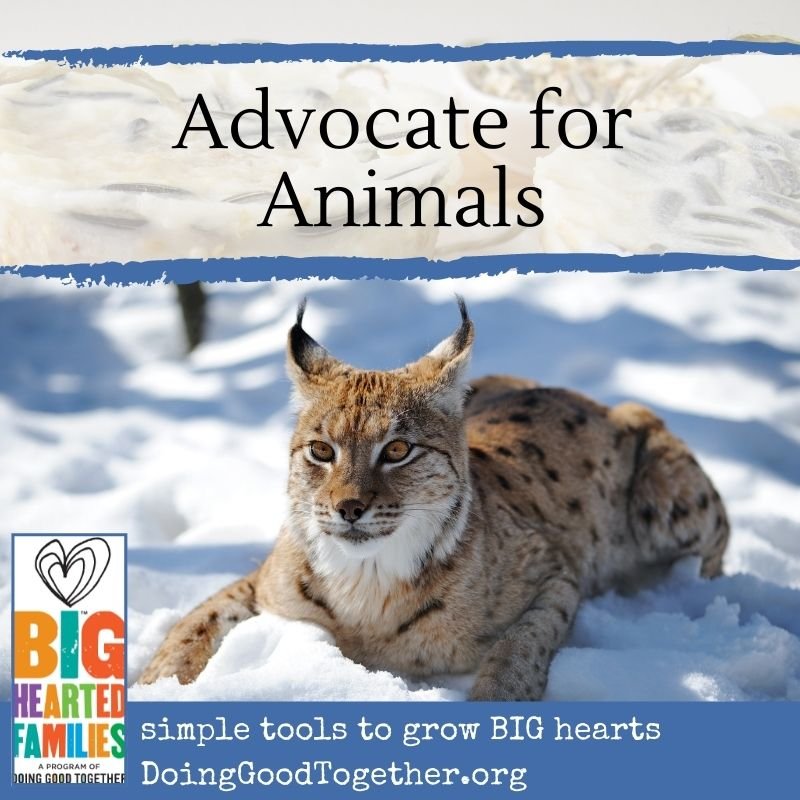Take pride in your community.
Picking up litter is a fun, simple, and free activity that can have instant results for your child and your community.
Possible recipients
Anyone who enjoys a pristine neighborhood, park, beach, or public walkway.
What you’ll need
Plastic bag or reusable milk crate to collect trash
Optional: pick-up stick, a separate bag for recyclables
Instructions
Assign gloves and a trash collection gear to each family member.
Clear out litter from a section of park, beach, vacant lot, or your own neighborhood. Take all necessary precautions, including wearing sturdy gloves, being careful on river banks or near roads, having adults handle dangerous items, and supervising children closely. You can pick your favorite walk and do a one-time sweep, or make clean-up a regular family event.
Properly dispose of all litter.
Reflections
Did you find a lot of litter? What kind of litter did you see most often? What could be done to help with that problem?
Why is it important to pick up litter?
How do you feel when you see litter?
How can you inspire others to help keep the neighborhood clean?
What other ways can we take care of the spaces where we live?
Resources
Colonel Trash Truck by Kathleen Crawley
The colonel is on a mission to protect the beauty of the earth by cleaning up litter — and convincing others to do the same.Here Comes the Garbage Barge by Jonah Winter
This hilarious story is sure to inspire your whole family to be mindful of your environmental impact.
Take it further
Take a few digital photos of what you’ve picked up. Then have your family send an essay about your experience along with your favorite photo, your names, age(s), and address to mail@wildernessproject.org. Your essay will be published on the Nicodemus Wilderness Project website, your children’s names will appear in the Registry of Apprentice Ecologists, and you’ll get an official certificate. For tips on conducting the clean-up and writing the story, as well as essays and photos from other apprentice ecologists, visit the website.
Have each family member pick up five pieces of trash each time you visit the park before you start playing.
Disclaimer: Doing Good Together™ is a participant in the Amazon Services LLC Associates Program, an affiliate advertising program designed to provide a means for sites to earn advertising fees by advertising and linking to Amazon.com.
The recommendations we offer are based solely on our mission to empower parents to raise children who care and contribute.




